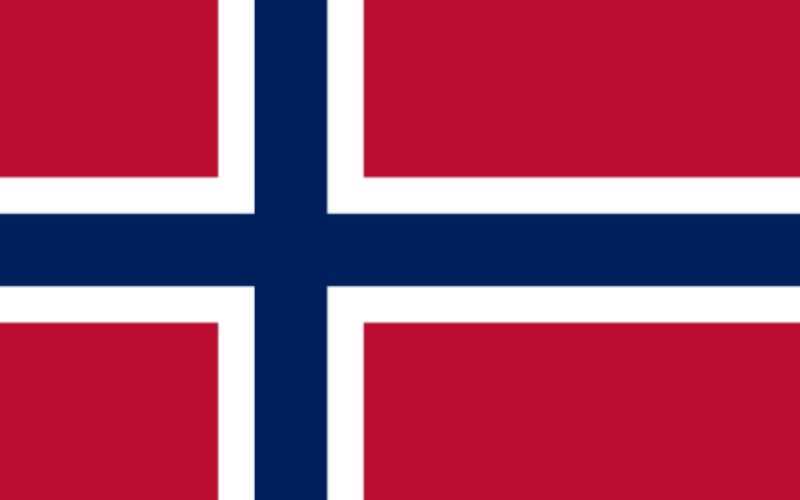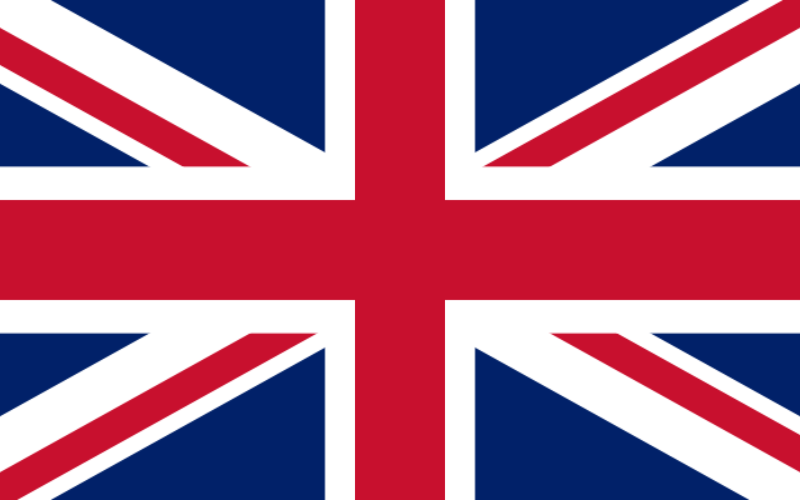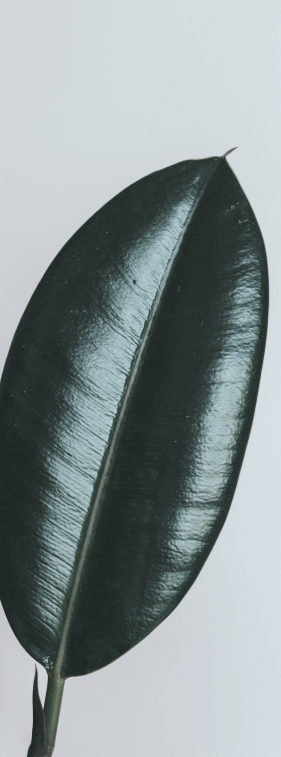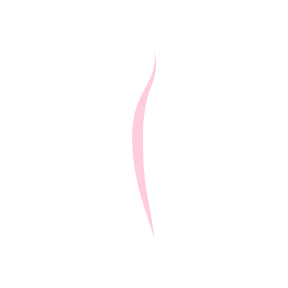
Foot Fat Pad Syndrome - Fat grafting to the foot
Foot Fat Pad Syndrome is a condition that arises from changes in the elasticity and/or thickness of the heel fat pad, this is often caused by wear and tear over time of the fatty tissue that makes up the heel pads of feet that causes pain and can affect our daily routine and interfere with our usual activities. See attachment for more info.
Atrophy of the heel pad is considered to be the second leading cause (14.8%) of plantar heel pain after plantar fasciitis.
Risk factors and causes for the development of Foot Fat Pad Syndrome, and in many cases a combination of a number of factors are aging, trauma and obesity, problems with structure and walking, improper footwear, hard surfaces, repetitive activities, Corticosteroid injections, plantar fasciitis, high arch (cavus foot), genetics or family history, and other health conditions such as rheumatoid arthritis and lupus can affect connective tissue in the feet, as well as diabetes.
The symptoms of Foot Fat Pad Syndrome are deep aching pain in the heel, typically in the center of the calcaneus bone which will be around the center of the heel. The pain experienced often feels like a bruise on the heel pad when you press down on the heel while walking, running or standing for a long period of time. The pain can be triggered by pressing in the middle of the heel. Less common symptoms may include tingling, cold or hot/burning sensation.
A thorough consultation is needed to determine the cause and treatments such as ultrasound, alternative MRI of the foot to reveal fat, bone, tendons and muscle status, and most importantly to measure the thickness of the fat layer. An examination can be referred by us.
Rest, icing of the foot, with tape, medication with painkillers and anti-inflammatory preparations, as well as shoe inserts.
The preferred treatment is fat grafting.
Individual instructions are given on how long each patient should avoid direct walking/loading their feet after an operation.
Fat grafting is a procedure in which fat is harvested from one part of the body, processed and injected into another part. The fat is harvested via special cannulas, treated gently using the so-called Coleman's technique or by decanting the fat. This is done under local anesthesia, with sedative medication (sedation).
It is assumed that you have areas on your body with excess fat to harvest, which can be used. Typical good areas are the stomach, back, thighs and hips.
The amount of fat that is moved depends on both the desired volume in the area you want to correct and how much you have to remove. In most cases, it is a relatively moderate amount of fat. If too much fat is removed, the fat cells die as they need good blood circulation and tissue to survive.
Normally, the fat integrates (grows) well in the receiving area, but you should expect the body to absorb about 30% of the fat in the first few months (somewhat less in the head region), so you fill a little more than you need to compensate for this. In addition, you will be somewhat swollen in the first few weeks, which gives the impression of more volume. Minor unevenness may therefore occur after surgery, but this can be corrected within the warranty period.
During the consultation, your wishes and needs are thoroughly assessed with regard to the overall picture and the possibility of harvesting fat. If there is an indication for other procedures, we will assess whether they should be performed at the same time or separately.
In a standard fat injection, small puncture wounds of approx. 1-2 mm are made where the cannula is inserted to inject the fat. We close the wound with stitches that dissolve by themselves. It is important not to expose these puncture wounds to the sun for at least 12 months after surgery to avoid scarring and pigment changes, using either tape and or high factor (Sun Block min SP30).
For fat grafting, compression garments must be worn for the time after the procedure. How long depends on the extent of the procedure, and you will be given this at the clinic on the day of surgery.
Before surgery
You must be healthy on the day of surgery. If you are in doubt whether you have a cold or similar, please contact us. The operation is not performed when you have influenza with fever, cough or other infection in the body. Before the operation, you will receive a prescription for antibiotics, possibly painkillers and Hibiscrub solution 40 mg/ml, which you can buy at the pharmacy.
The day before surgery and on the day of surgery, you should wash your entire body with Hibiscrub solution in the shower. This is a disinfectant soap that should be rinsed off with water and the skin dried with a clean towel. Put on clean clothes when you leave home. Do not use perfume and lotion. All jewelry, piercings and nail polish/false nails must be removed no later than the day before surgery and replaced 7 to 10 days after surgery.
For the best possible result and to avoid complications, it is recommended that you have a normal weight and not an excessively high BMI. If you smoke, or use nicotine such as snus or electronic cigarettes, you must quit at least 2 weeks before surgery and 2 weeks after surgery.
You should come to the surgery fasting. This means that you should not eat food including fruit or drink juice with pulp or dairy products 6 hours before surgery. You may drink water, juice, juice without pulp or coffee/tea without dairy products or chew chewing gum/drops/throat lozenges up to 4 hours before surgery. Any medication that you may need to take on the day of surgery can be swallowed with 1 glass of water max. 100 ml up to 1 hour before the start of anesthesia.
It is important that you stop taking blood-thinning medication about 14 days before the operation, preferably in consultation with your GP or us. For other medications, please consult the clinic before the operation. A lot of garlic and health food preparations should also not be consumed.
You must arrange in advance for someone to pick you up at the clinic approx. 1 hour after the surgery, as you cannot drive, take public transport or a taxi on your own.
On the day of surgery
You will be met by our staff who will prepare you for the operation before the surgeon sees you. Before the actual procedure, the surgeon will go through the procedure, outline the planned procedure and answer any questions you may have. Anesthesia staff will also come and greet you and answer your questions.
When the surgery is about to begin, the surgical nurse will pick you up and clean the surgical area while the anesthesia staff gives you a sedative in your arm so that you sleep during surgery. In addition, the surgeon will place a local anesthetic in the surgical area for a long-lasting analgesic effect in the surgical area after surgery, which also reduces bleeding in the area.
After the operation, you will be moved to the recovery room where you will have your own bed. You will then rest for 1-2 hours and be served food and plenty of drinks in the form of bread, yogurt and juice (remember to inform us of any allergies). Painkillers are given if necessary.
The surgeon will check on you before your return home/hotel stay and you will be cleared by anesthesia staff before you go home with an adult companion. The PVK attached to your hand will be removed before you leave. A car or taxi must be used as a means of transportation immediately after surgery, we do not recommend public transport or walking.
After surgery
All patients come for a postoperative check-up the day after surgery. We recommend that you do not travel by air for the first 48 hours after surgery. During this time, a check-up appointment will be arranged in the clinic and you should come to the clinic for a check-up the day after surgery.
In the first few hours after surgery, you may feel a little tired and sometimes a little nauseous. It is important that you take painkillers as prescribed and as needed, and make sure you drink plenty of fluids for the first 24 hours. Some people may feel a little dizzy, so it's a good idea to take a few minutes to get up. For the first two days, you should rest and lie as still as possible. For the next five days, you can move around gently. If you have an active job, it is a good idea to stay at home.
The final result can only be assessed after 3-6 months. Follow-up check-ups are arranged with the clinic; the day after surgery, after 1-2 weeks and 3-6 months, as well as a final check-up after one year. You must call to arrange the check-ups yourself, or make an appointment with the clinic on the day of surgery.
Bleeding and infection are uncommon and in very few cases require reoperation and/or antibiotic treatment. Anesthetic complications, such as allergic reactions to anesthetics, are extremely rare.
Physical exercise and hard physical work should be postponed for about 4-6 weeks.
If correction is necessary due to complications or unsatisfactory results, this is done free of charge within one year, provided that there is a medical indication and a clear potential for improvement. This is our guarantee period.
Pick-up and accommodation
You must arrange in advance for someone to pick you up at the clinic approx. 1 hour after the end of the operation, as you cannot drive, take public transport or a taxi on your own. You must also have someone with you the same day and the first night.
If you live far from the clinic, we recommend that you stay overnight in Oslo, either with family/friends or in a hotel.
Hotels near Oslo Plastic Surgery;
Frogner House Apartments, Bygdøy Allé 53. Website; https://frognerhouse.no (we have an agreement with Frogner House Apartments) inform about us when booking a room.
Hotel Gabels Hus in Gabelsgate 16. Homepage: www.nordicchoicehotels.no
Ask for guidance and advice
We can provide the best advice face-to-face. We will guide you to the optimal solution for your needs.
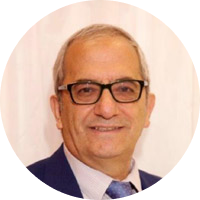
The responsible physician is Dr . Amin Kalaaji, senior consultant dr.med, specialist in plastic surgery and head of clinic at Oslo Plastic Surgery, and head of the Norwegian Society for Aesthetic Plastic Surgery (NFEP) 2018-2020.
Dr. Kalaaji holds many positions and gives lectures and training around the world. This benefits all our patients as he is always up to date on the latest and most advanced treatments and surgical techniques.
Patient safety, high quality and individual treatment are always our top priorities at Oslo Plastic Surgery.
FAQ - Frequently asked questions
Oslo Plastic Surgery answers frequently asked questions here, and we hope this will provide you with good information. We want to be helpful in the process before an operation. If you have any further questions, just write or call us.
Those who suffer from Foot Fat Pad Syndrome
All patients must undergo a consultation before surgery. The consultation is conducted by our experienced plastic surgeon, who will ask you questions about your medical status; previous or current illnesses, previous operations, use of medication, etc. An examination will then be carried out and the surgeon will consider a possible operation.
If you are suitable for surgery, you will receive information about the surgery itself, precautions for the time before and after the procedure, and you will get answers to your questions.
For patients with long travel distances, we offer consultations by telephone and/or video consultation. We will send you a health information form to be completed and returned to us before the consultation. You also send us some photos.
Should surgery be required, the surgeon will conduct a thorough assessment the day before the planned surgery.
You must be healthy on the day of surgery. If you are in doubt whether you have a cold or similar, please contact us. The operation is not performed when you have flu and/or fever or cough or other infection. Before the operation, you will receive a prescription for antibiotics, painkillers and Hibiscrub solution 40 mg/ml, which you can buy at the pharmacy.
If correction is necessary due to complications or unsatisfactory results, this is done free of charge within one year, provided there is a medical indication and a clear potential for improvement. This is our one-year guarantee agreement.
